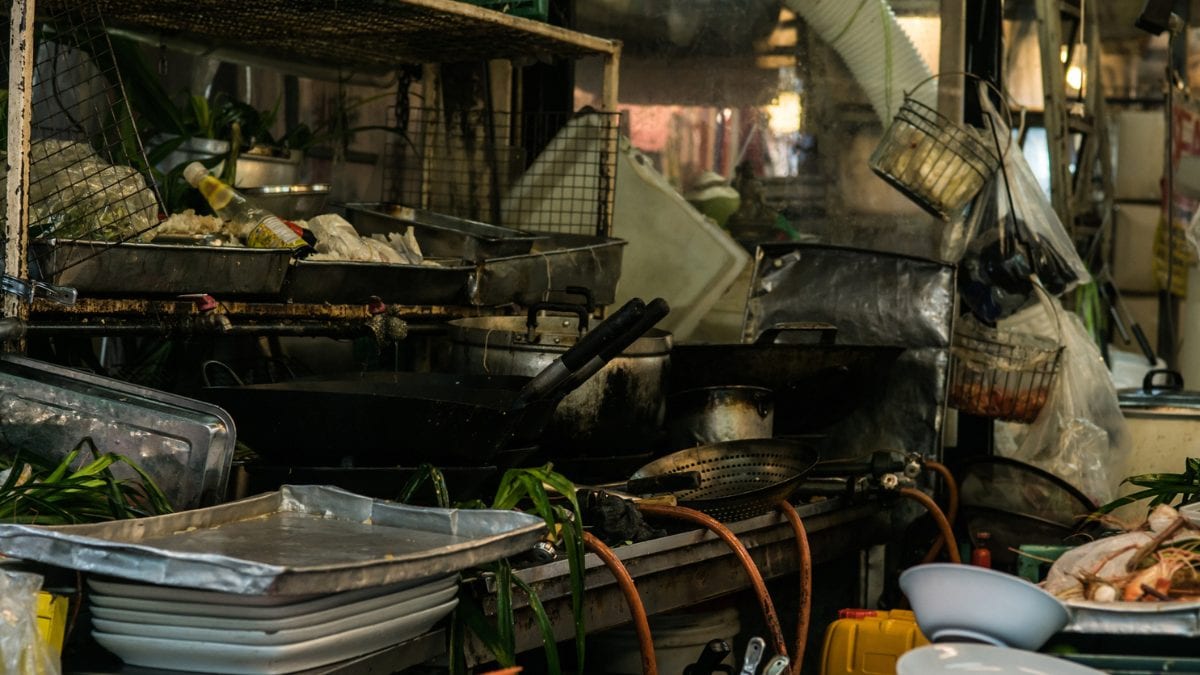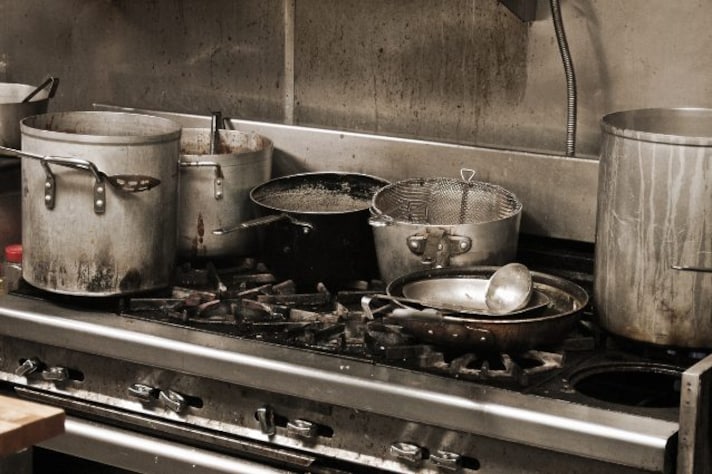
When you sit down at a restaurant, you’re probably thinking about the menu, the ambiance, or the company—not the state of the walk-in cooler or the cleanliness of the ice machine. But for health inspectors, those hidden corners are the front lines of public safety. And what they’ve seen? It’s enough to make you reconsider that side of ranch.
From rodent infestations to moldy soup buckets, health inspectors have shared some of the most stomach-churning violations they’ve encountered—and they’re not just urban legends. These are real stories from real professionals tasked with keeping our food safe. And while most restaurants pass inspections with only minor infractions, the outliers are unforgettable.
The Horror Stories That Haunt Inspectors
One of the most infamous tales involves a fish and chips shop in rural Australia. After receiving complaints about hair in the food, an inspector arrived to find the owner shirtless, shoeless, and covered in body hair. But the real shock came when the deep fryer was drained—revealing a deep-fried cat at the bottom. The owner casually remarked, “Oh, that’s where my cat went!” The feline had apparently drowned in the fryer months earlier and had been unknowingly cooked alongside the chips.
Another inspector discovered a bucket of “soup” in a restaurant kitchen that had never been emptied. Staff simply added scraps to it daily, and ladled out portions as needed. The contents had been sitting at room temperature for weeks, fermenting into a microbial nightmare.
Then there’s the case of the roadside lobsters. After a truck carrying live lobsters crashed, a local restaurant scooped up the crustaceans—now covered in highway grime—and served them to unsuspecting customers. The restaurant was shut down shortly after, but not before dozens of diners had unknowingly feasted on “roadkill seafood”.

The Usual Suspects: Common Violations
While these stories are extreme, health inspectors say the most common—and dangerous—violations are far more mundane:
- Improper handwashing: Employees skipping the sink or using it to dump food waste.
- Cross-contamination: Raw meat stored above ready-to-eat items, or ice cream tubs placed directly under dripping meat.
- Pest infestations: Mice, cockroaches, and even maggots found in soda guns, ice machines, and prep tables.
- Improper food storage: Fridges turned off during the day to “save electricity,” or food left out at unsafe temperatures.
- Cleaning shortcuts: Using the same rag to clean the floor and then the prep station, or failing to sanitize surfaces altogether3.
One inspector recalled a restaurant where the soda machine was so infested with cockroaches that they poured out like a waterfall when the back panel was removed. Another found baby mice drowning in syrup inside a drink dispenser.
Why It Happens—and What You Can Do
So how do these violations happen in the first place? Often, it’s a mix of negligence, cost-cutting, and lack of training. Some restaurant owners don’t prioritize food safety, while others are overwhelmed by staffing shortages or outdated equipment. In rare cases, employees are simply apathetic—or afraid to speak up.
For diners, the best defense is awareness. Health inspectors recommend checking the restroom cleanliness as a proxy for kitchen hygiene. If the bathroom is filthy, chances are the kitchen isn’t much better. You can also look up local health inspection scores, which are often posted online or in the restaurant window.

Public Health at Risk
While these stories may sound sensational, they underscore a serious issue: foodborne illness. According to the CDC, 1 in 6 Americans gets sick from contaminated food each year. And while not every case stems from a deep-fried cat or maggot-infested soda gun, even minor lapses in hygiene can lead to outbreaks.
;Resize,width=767;)
